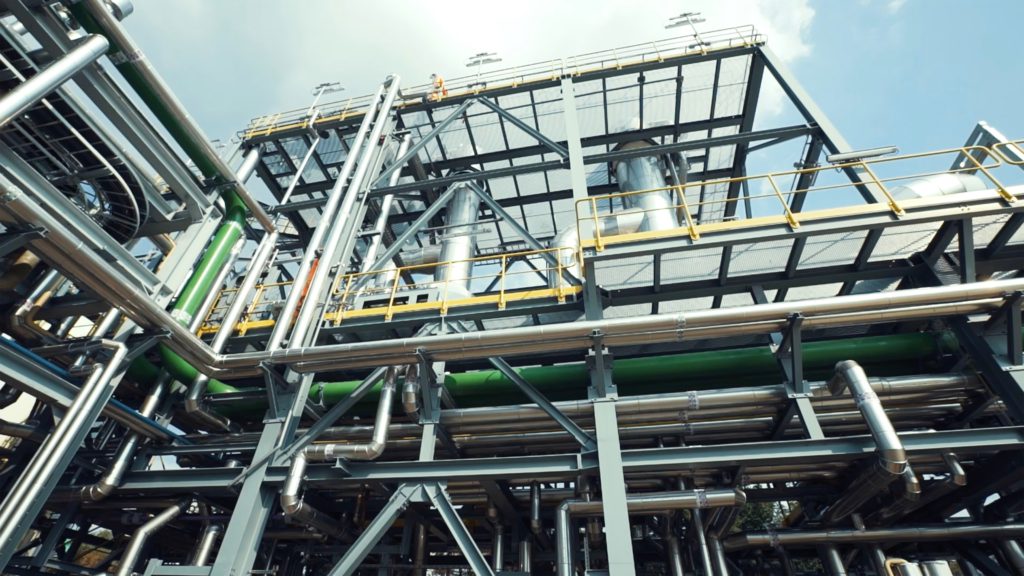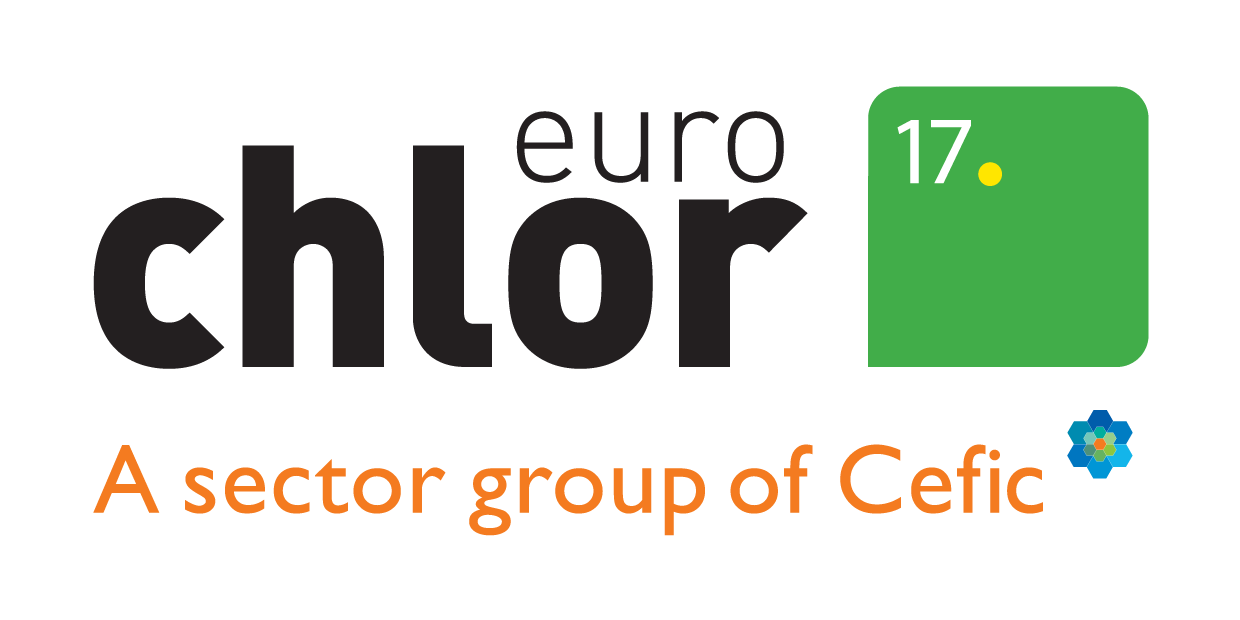Energy should not fly away with your money
Although chlorine is not present in the finished polymer materials, both polyurethane and polyisocyanurate are synthesized from chlorinated compounds. These lightweight materials perform extremely well as insulators even at small thicknesses.
Today, billions of euros a year are being wasted on maintaining the temperature of poorly-insulated buildings. Chlorine chemistry can help to address this problem and achieve the goal of a more sustainable Europe.
In an effort to enhance the efficient use of energy, the European Union has developed a plan for transformation into a resource-efficient Europe. It includes a commitment to reduce greenhouse gas emissions to 20% below 1990 levels by 2020. With up to two thirds of a building’s energy usage going towards temperature control, heating and cooling play a major role in consumption of fossil fuels.
The simplest and cheapest way to improve energy efficiency in our buildings is by installing good insulation. Not only does this contribute towards a more comfortable living environment, but it also cuts household heating bills, decreases the use of unsustainable fossil fuels, and reduces carbon emissions arising from fuel transportation. And it can be incorporated into existing buildings. These products are completely safe for human exposure.
Did you know?
Buildings account for 40% of the European Union’s energy usage. Insulating materials such as polyurethane and polyisocyanurate, produced with the help of chlorine compounds, are a key factor in reducing energy waste.
Read more

